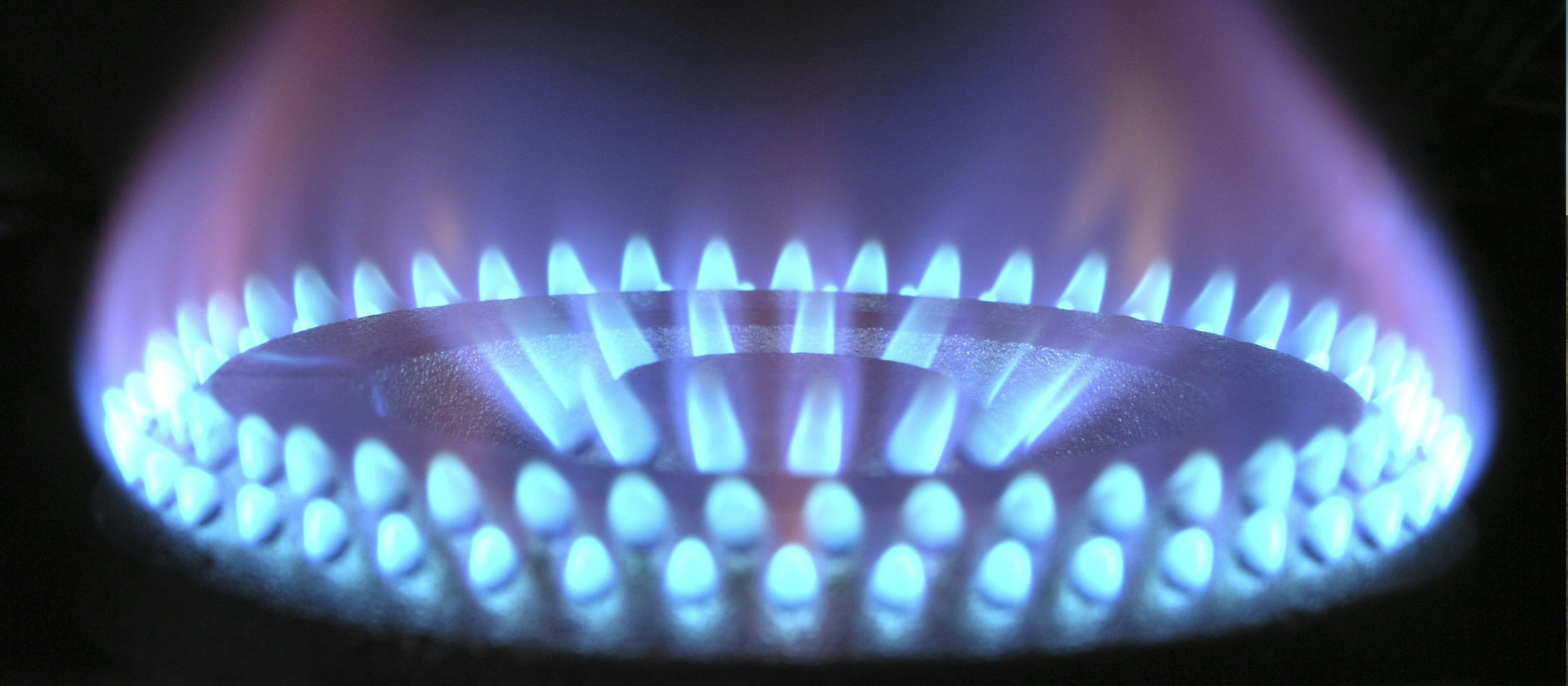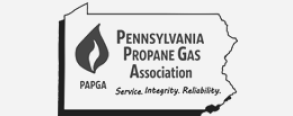

With a dangerous Arctic cold blanketing much of the nation the last few weeks, and folks lugging space heaters out of the attic, some recent news reports are looking at the hazards of carbon monoxide.
Most of the space heaters sold in the U.S. are electric, and won’t belch out nasty carbon monoxide (also known as CO). But if there’s a power outage and you need temporary warmth, you may be thinking of bringing a propane heater into the rumpus room.
Easy does it. All propane heaters produce carbon monoxide and require good airflow. That’s why they make sense on the sidelines of a football game, or the outdoor patio of a restaurant. But if you need heat in a pinch, and are thinking of a propane heater, pay attention: Get one rated for the indoors, and use it where there’s proper ventilation. In a test, Consumer Reports assessed a pair of indoor models, and found they were releasing small amounts of CO, but not enough to be hazardous.
(You can skip this paragraph if you already know your CO, but these are the basics: Carbon monoxide is a deadly gas, without color or smell. CO is a byproduct of burning any kind of carbon-based fuel, and so a leak could start with any improperly vented heating source, and fill up a room. Symptoms of CO poisoning are a lot like the flu: headache, nausea, dizziness. And if you suspect a leak, throw open the windows, get outside, and shut off the heat.)
To stay on top of our propane safety, we called John Drengenberg. John is the consumer safety director for Underwriters Laboratories, the Illinois product safety group that tests appliances, and gives them the familiar “UL” stamp if they pass. Here are some of his rules for safe space heating.
• Use propane heaters manufactured for indoor use. These consume less propane than outdoor models and produce less CO. Then read the directions.
• Install a carbon monoxide alarm. And trust it when it goes off. The detectors are designed to sound the alarm before you’re feeling any symptoms, John says.
• Pick a heater that has been tested and certified by a product safety group. Like UL.
• Keep kids and pets away from heaters and never leave them alone in a room with one.
• Remember: “Three Feet from the Heat.” (Or “One Meter from the Heater,” for our Canadian readers.) Propane heaters get hot and can ignite nearby objects. That includes curtains, drapes, and bedding — though manufacturers will tell you not to run a propane heater while you’re sleeping.
• Set up your propane heater on a flat, level surface to prevent any knock-overs.
If you are looking to get set up with propane in your home, give Tankfarm a call. Their team of professionals will give your home a free propane safety inspection before installing your rent-free tank, so you do not have to worry if everything was set up properly, or not.















